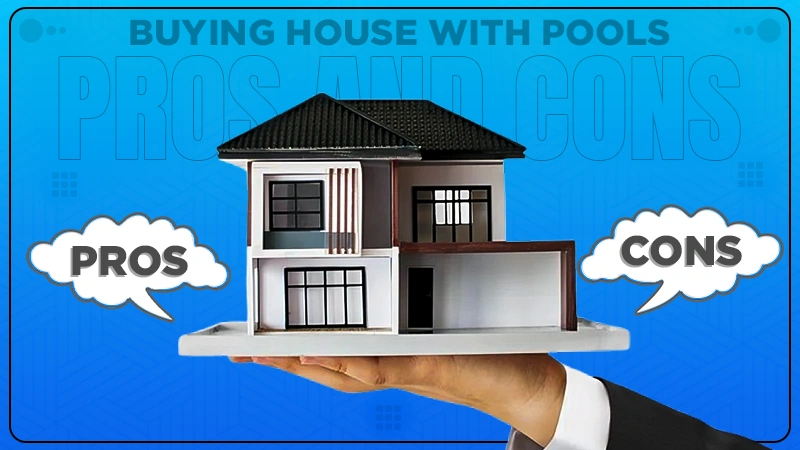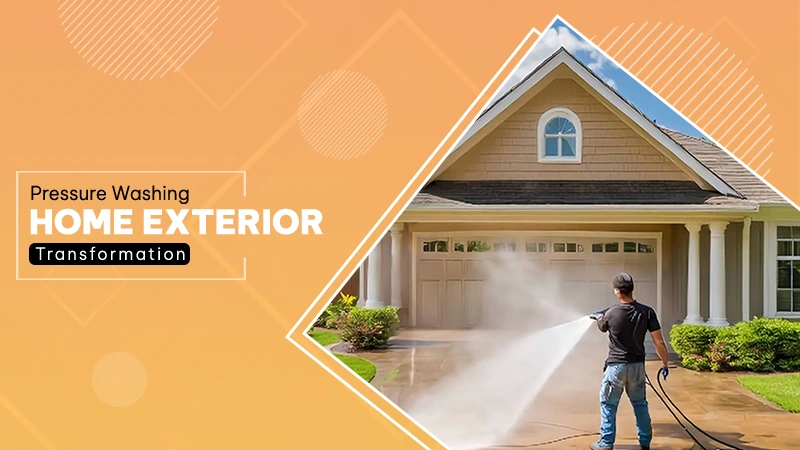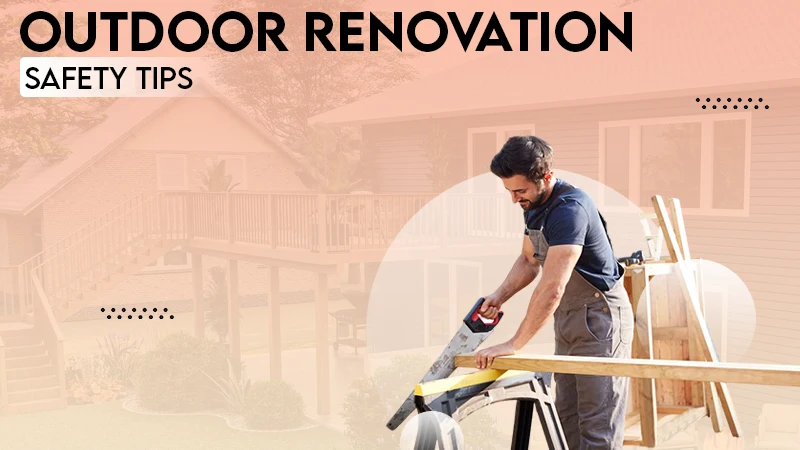Replacing a roof is a major investment, one that protects your home, boosts energy efficiency, and increases property value. But it’s not something most homeowners do more than once or twice in a lifetime, which makes it important to understand the process, your options, and the potential pitfalls before diving in. Whether your roof is leaking, aged beyond repair, or simply due for an upgrade, being well-prepared can save you time, stress, and money.
From selecting the right materials to knowing when to schedule the job, the decisions you make now will impact your home’s protection and appearance for decades. Here’s what you need to know before replacing your roof.
Set a Realistic Budget Based on Your Home and Region
Roof replacement costs vary widely depending on material, labor, roof size, and local market rates. It’s important to budget for the upfront expense and for potential contingencies like water damage, structural repairs, or permit fees that may arise during the project. If you’re exploring affordable re‑roofing in Chesapeake or other coastal regions, be sure to factor in specific climate concerns. Homes in these areas often require materials that can withstand high humidity, heavy rain, and the occasional storm surge. Speaking with a contractor who understands local building codes and weather patterns will ensure your investment lasts and complies with regional regulations.
Request multiple quotes and compare not just price, but warranties, material quality, and installation timelines. A cheaper option today may end up costing more in repairs or replacements down the line.
Know When It’s Time for a Full Replacement
Not all roofing issues require a complete tear-off. Sometimes, a well-executed repair can extend the life of your roof by several years. Recurring leaks, sagging areas, missing shingles, or extensive granule loss are clear indicators that it’s time for a full replacement.
An inspection by a certified roofing contractor can provide a detailed assessment of your roof’s condition. They’ll evaluate the integrity of the decking, flashing, underlayment, and ventilation. If your roof is more than 20–25 years old, even if it looks fine from the ground, it’s worth considering replacement before more serious issues emerge.
Avoid waiting until you’re dealing with active leaks or structural problems. Proactive replacement is more cost-effective and allows you to plan the project on your own timeline, not during an emergency.
Choose the Right Material for Your Home and Lifestyle
Roofing materials range from traditional asphalt shingles to premium options like metal, clay tiles, slate, and composite shingles. Each material comes with its own pros, cons, and price points.
Asphalt shingles remain the most popular due to their balance of affordability and reliability. Metal roofing offers exceptional durability and energy efficiency, but comes with a higher initial cost. Clay and slate provide a distinctive aesthetic and longevity, but their weight may require structural reinforcement.
Consider factors like your climate, home style, budget, and how long you plan to stay in the house. If you’re planning to sell within a few years, a mid-range option with strong curb appeal and a decent warranty might be the most cost-effective choice.
Understand the Importance of Proper Ventilation
A well-installed roof is more than just shingles. Ventilation plays a crucial role in extending your roof’s lifespan and maintaining energy efficiency. Without adequate airflow, heat and moisture can build up in the attic, leading to warped decking, mold growth, and ice dam formation in colder months.
Modern roofing systems include ridge vents, soffit vents, and gable vents to promote consistent air circulation. When replacing your roof, it’s the perfect time to evaluate your home’s ventilation and make improvements if necessary. A good contractor will assess the entire system, not just what’s visible from the outside, and make recommendations that enhance long-term performance.
Check Warranties and Contractor Credentials
Before signing a contract, carefully review the warranties offered for both materials and labor. Manufacturer warranties vary by brand and product line, with some offering 25 years and others providing limited lifetime coverage. Just as important is the workmanship warranty provided by your contractor, which covers installation errors that may lead to premature failure.
Always hire a licensed, insured roofing contractor with a strong local reputation. Check online reviews, ask for references, and verify that the contractor is certified to install your chosen roofing materials. Some manufacturers require certification for their extended warranties to be valid.
Schedule Your Project Strategically
Roofing work is weather-sensitive, and timing your replacement can affect both cost and outcome. Spring and early fall are ideal seasons in many areas due to moderate temperatures and lower humidity, which help materials adhere properly and allow contractors to work efficiently.
These seasons are busy for roofing companies, so it’s wise to schedule several weeks or even months in advance. Some homeowners opt for off-season replacements during winter or late summer to take advantage of discounts or faster availability. Just be sure your chosen materials and local weather conditions are suitable for off-peak installation.
Replacing your roof is one of the most important upgrades you’ll ever make to your home. With careful planning, the right contractor, and a clear understanding of your options, you can ensure the process is smooth and the results are long-lasting. A durable, well-installed roof isn’t just a protective barrier, it’s peace of mind for years to come.





